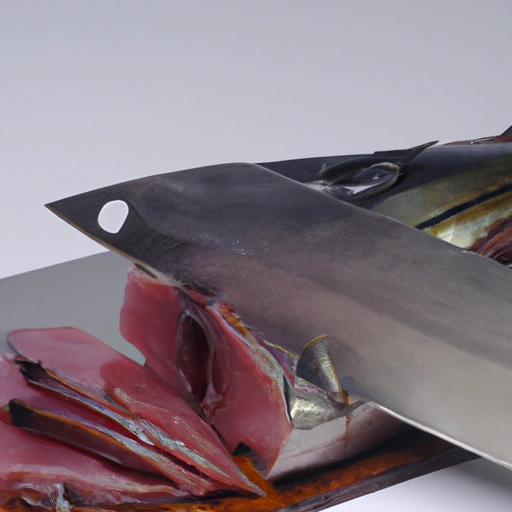Bonito
Description

Bonito is a type of tuna known for its rich flavor and firm texture, making it a popular ingredient in various culinary traditions. It is often dried and shaved into thin flakes, known as katsuobushi in Japanese cuisine, where it becomes a cornerstone ingredient for creating dashi broth, a fundamental component in many Japanese dishes. Beyond its use in Asian cuisine, bonito is also appreciated in American and European cooking, where it can be found fresh or canned and used in a variety of recipes.
Common uses
Bonito is commonly used to add a savory depth to dishes. In its dried form, it is essential for making dashi broth, which is a base for soups, sauces, and various other dishes in Japanese cuisine. The flaked bonito is also used as a topping for dishes such as okonomiyaki and takoyaki. In its fresh or canned form, bonito is used in salads, pasta dishes, sandwiches, and as a protein-rich component in main courses.
Nutritional value
Calories
On average, a 3-ounce (85 grams) serving of bonito contains approximately 110 calories.
Protein
Bonito is an excellent source of protein, with a 3-ounce (85 grams) serving providing about 20 grams of protein.
Fat
The fat content in a 3-ounce (85 grams) serving of bonito is around 1 gram, with a healthy balance of omega-3 fatty acids.
Carbohydrates
Bonito is carbohydrate-free, making it an ideal choice for low-carb diets.
Vitamins
Bonito is rich in vitamins such as B12 and niacin.
Minerals
This fish provides essential minerals like selenium, phosphorus, and magnesium.
Health benefits
The high protein and omega-3 fatty acid content of bonito promote muscle growth and cardiovascular health. The vitamins and minerals found in bonito support a wide range of bodily functions, contributing to overall well-being.
Potential risks
As with many types of seafood, there is a potential risk of mercury contamination with bonito. It is important to consume it in moderation and to source it from reputable suppliers to minimize health risks.
Common recipes
Bonito flakes are a key ingredient in dashi broth, the foundation of miso soup, ramen, and other Japanese dishes. Fresh bonito is often grilled, seared, or incorporated into salads and pasta.
Cooking methods
Dried bonito is typically shaved into flakes and used as a seasoning, while fresh bonito can be grilled, broiled, seared, or used in sashimi when of sushi-grade quality.
Pairing with other ingredients
Bonito pairs well with soy sauce, ginger, wasabi, citrus, and various vegetables, enhancing the flavor profiles of both traditional and contemporary dishes.
Summary
Bonito is a versatile seafood ingredient known for its distinctive umami flavor and nutritious profile. It plays a pivotal role in Japanese cuisine and has been embraced in culinary traditions around the world. Whether used dried or fresh, bonito enhances the taste of numerous dishes and offers several health benefits, making it a valuable addition to a balanced diet.